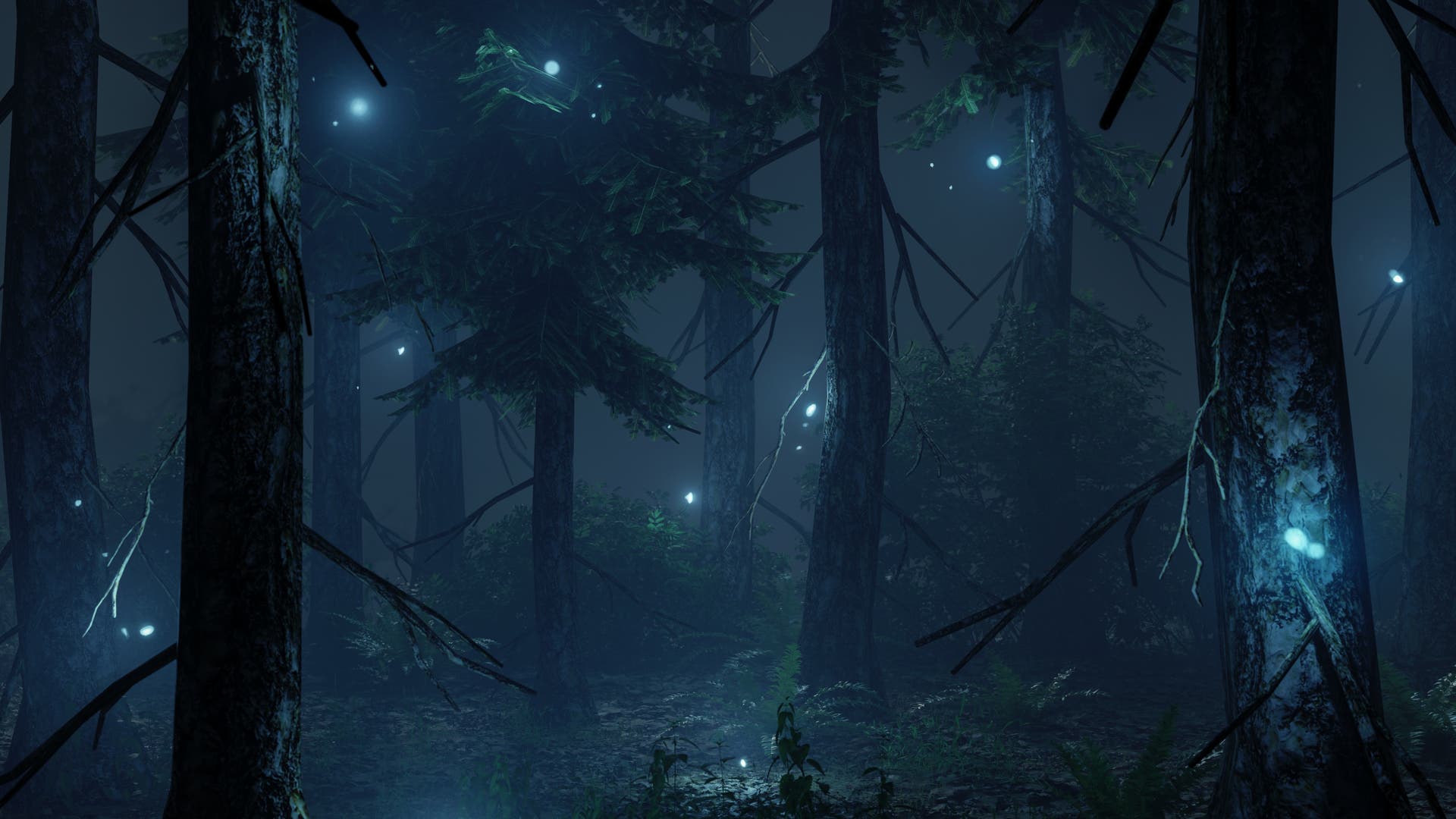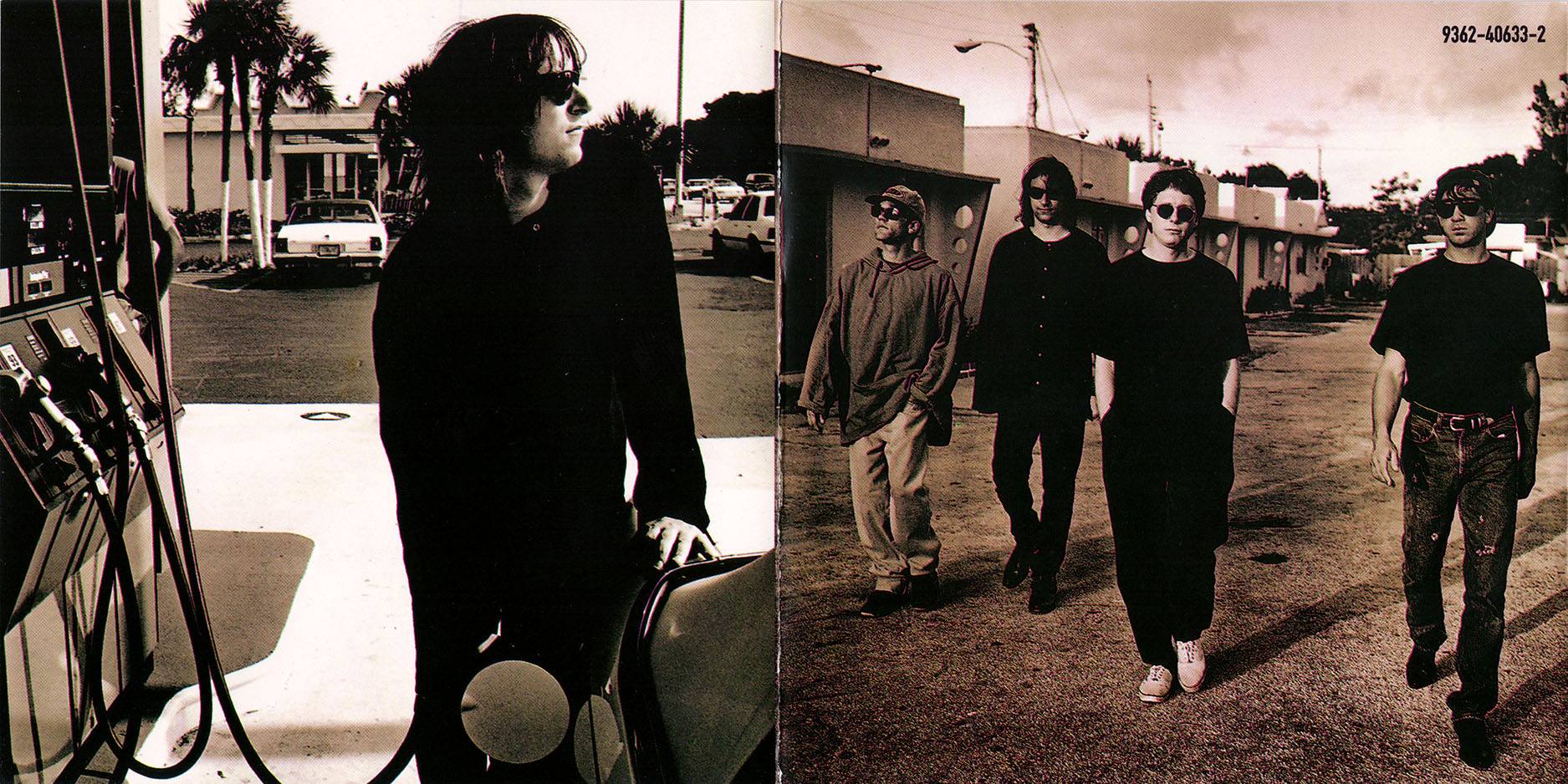Warum erzeugt das Gehirn komplexe Traumwelten? Im Tierreich suchen Biologen nach Antworten: unter anderem bei Tintenfischen, Tauben und Spinnen.#Schlaf #Traum #Schlafen #Träumen #Traumzustände #Traumähnlich #Albtraum #Spinne #Springspinne #Krake #Tier #REM-Schlaf #REM #Taube #Vogel #PsychologieHirnforschung #Biologie
Tierisch gut geträumt
#rem
Spiegeln sich Krankheiten in unseren Träumen? Das erforscht Isabelle Arnulf an der Universität Sorbonne in Paris. Die Neurologin sagt: »Träume können wertvolle Hinweise geben.«#Träume #Traum #Schlaf #Schlafstörung #Insomnie #Albtraum #träumen #REM #REM-Schlaf #Depression #Hirnerkrankungen #Parkinson #Demenz #Klarträume #luzideTräume #REM-Schlaf-Verhaltensstörung #PsychologieHirnforschung #Medizin
Schlafstörungen: »Träume sind ein Fenster zur psychischen Gesundheit«
One person like that
2 Likes
"Researchers are finding signs of REM sleep in a broader array of animals than ever before: in spiders, lizards, cuttlefish, zebrafish. The growing tally has some researchers wondering whether dreaming, a state once thought to be limited to human beings, is far more widespread than once thought."
"Marsupial mammals called echidnas show characteristics of REM and non-REM sleep at the same time. Reports on whales and dolphins suggest that they may not experience REM at all. Birds have REM sleep, which comes with twitching bills and wings and a loss of tone in the muscles that hold up their heads."
"Researchers reported a sleep-like state in cuttlefish."
"Researchers have since observed a similar state in octopuses."
"Researchers have also observed a REM-like stage in bearded dragons by recording signals from electrodes in their brains. And they have reported at least two sleep states in zebrafish based on the fishes' brain signatures."
"In pigeons, sleep scientist Gianina Ungurean of the Max Planck Institute for Biological Intelligence in Munich and the University Medicine Göttingen has observed, with colleagues, that pupils constrict during REM as they do during courtship behavior."
"Roundworms appear to have one sleep state only."
4 Likes
3 Shares
#Music on #Yellow-Crystal-Warrior
#MichaelStipe 1/4/1960 #Birth US singer (R.E.M.)
https://www.youtube.com/watch?v=xwtdhWltSIg
#REM. - Losing My #Religion (Official Music Video)
4 Likes
1 Shares
R.E.M. - E-Bow The Letter (Official Music Video) feat. Patti Smith
:max_bytes(150000):strip_icc():focal(719x149:721x151)/Patti-Smith-Michael-Stipe-6f10c34aec9f4045ae5f24f9fb058590.jpg)
if image does not show CLICK HERE
https://www.youtube.com/watch?v=5cnIQHJ169s
5:28 min music video
#music #rock #REM #PattiSmith
9 Likes
1 Shares
5 Likes
1 Comments
2 Shares
R.E.M. Supernatural Superserious live 2008 Paris France

https://www.youtube.com/watch?v=V2kza4Qn1Dk
3:17 min live music video
#music #rock #REM
6 Likes
One person like that
#Music on #Yellow-Crystal-Warrior
#MichaelStipe 1/4/1960 #Birth US singer (R.E.M.)
https://www.youtube.com/watch?v=Z0GFRcFm-aY
#REM
It's The #EndOfTheWorld As We #Know It (And I Feel Fine)
2 Likes
1 Comments
1 Shares
4 Likes
7 Likes
Les Liens Troubles Entre Macron Et McKinsey
https://www.youtube.com/watch?v=oyTmA_nxRbU
#Macron #LaREM #REM #McKinsey #Accenture #BostonConsultingGroup #Politique #Oligarchie
2 Likes
fire, flood, fuhrona, and #dickhead's mob..why do we even go on
the state of the nation: https://www.weatherzone.com.au/news/autumn-bushfire-outlook-tells-a-strong-la-nina-tale/536275
https://yewtu.be/gNkKq9mVeVc ~ REM "Pop Song 89"
or https://youtu.be/gNkKq9mVeVc if one must,
#oz #straaya #LaNina #TheWeather #music #REM
9 Likes
5 Comments
Michael Stipe (R.E.M.) Velvet cover.
(https://youtu.be/vkJRW5Ku5CM)
#music #velvetundrground #cover #michaelstipe #rem #sundaymorning
1 Shares
Damage to part of the brainstem results in people having no REM sleep but still having dreams. Thus proving that dreams and REM sleep are not the same thing. Since REM sleep was discovered in the 1950s and found to correlate with dreams, dreams and REM sleep have been thought to be the same thing, but they are not. Experiments with cats (probably chosen because they sleep a lot) showed that separating the brain stem from the forebrain stops REM sleep, but you can't ask a cat whether it is dreaming. But in humans, some humans have naturally occurring brain lesions and you can ask them what they are experiencing. And damage to a certain part of the brainstem results in loss of REM sleep but they still have dreams.
Damage to the posterior cortex has the opposite effect: those people have lots of REM sleep but no dreams. Loss of white matter fibers under the ventromedial prefrontal cortex also causes loss of dreams. And in that area, as it turns out, people in the 1930s and 40s once did surgeries in that area to stop hallucinations. It did stop hallucinations but also stopped dreams, and people also lost spontaneity and it affected their motivation.
That led this researcher to zero in on something called the meso-cortical-meso-limbic-dopamine-circuit, which is part of that bundle of white matter fibers that connect various parts of the brain to various other parts of the brain. PET scans show the meso-cortical-meso-limbic-dopamine-circuit is the most active part of the brain during dreams. Increasing dopamine in this pathway with a dopamine booster drug massively increases dreams but not REM sleep. On the flip side, Blocking dopamine with antipsychotics decreases dreams but does not affect REM sleep.
Back in the cat surgery days, people had a theory that acetylcholine produced in the brainstem would go into the rest of the brain and produce dreams, but they had no way to test this, but we live in the age of drugs that can block acetylcholine. What happens if you block acetylcholine is you get more dreams, not less, in fact dreams while you're awake if you're not careful.
Sigmund Freud had a theory that dreams were all about secret wish fulfillment. The executive part of the brain would shut off and the secret wishes would express themselves, but in a way that someone other than the dreamer might not recognize because the dreams seem so random. But by doing a "free association" exercise, the associations with the symbols in the dreams would be revealed, and the "latent" meaning of the dream revealed.
Well, in fact, PET scans show the prefrontal cortex, the "executive planning" part of the brain, is in fact shut off during dreaming, and patients who have lesions in the prefrontal cortex, and who have great difficulty planning in real life, have no problem dreaming. Not only that, but the meso-limbic-dopamine-circuit is very strongly tied to emotion and motivation. So Freud's "wish fulfillment" theory seems on the mark, more or less, but he didn't know about REM sleep or anything -- he guessed it just from talking to people.
What happens to the sleep of people who can't dream? They can't stay asleep. They go from deep sleep to being awake. They usually wake up as soon as REM sleep starts. One person slept only a few minutes over the course of an entire night. The worst sleep the researcher has ever seen.
Non-dreamers have much less efficient sleep. Dreamers (who were patients who had lesions in other parts of the brain but could dream) woke up 3.5 times/hour, while non-dreamers woke up 12.5 times/hour.
What Do Our Brains Do When We're Dreaming? - with Mark Solms
#discoveries #neuroscience #psychology #rem #dreams
10 Likes
2 Comments
2 Shares
R.E.M. - What's The Frequency, Kenneth?

The song's title refers to an incident in New York City in 1986, when two then-unknown assailants attacked journalist Dan Rather, while repeating "Kenneth, what is the frequency?".
https://www.youtube.com/watch?v=jWkMhCLkVOg
4:01 min music video
#music #rock #REM
3 Likes
~ R.E.M. - Losing My Religion ~
#REM #Losing #Religion #90s #Rock #music #Nostalgie
https://www.youtube.com/watch?v=xwtdhWltSIg





